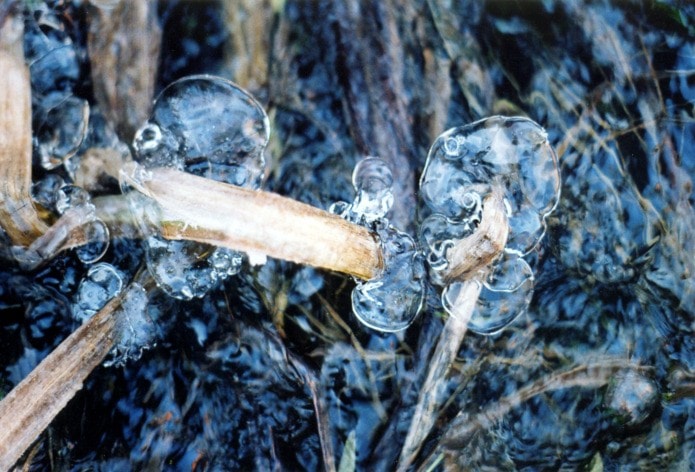People are reporting that robins are everywhere. Well, at least it seems like that. Robins by the dozens have been seen in people’s yards and in some cherry orchards, and some owners have wondered if they will go away before the cherry season. They will go away, having come from warmer southern valleys or from Pacific Coast areas, moving farther north or dispersing to nesting territories, depending primarily on where they were raised.
A lot of robins showed up right after a snowy weekend when the ground and trees were nearly totally concealed by fresh snow. That was the same time the first varied thrush showed up at my feeder, just several days later than last year.
Why don’t the birds wait till after the snow is gone when it seems there would be more food available, even if it is just mountain ash berries? Their arrival is about food and nesting territories, but it is equally about the increased length of day. The activities, including migration, of robins, varied thrushes and other birds are triggered by a minimum amount of daylight, as well as by weather and availability of food. As the days lengthen, birds start their migration, reaching their nesting grounds when the length of day roughly meets their requirements. Birds also sing when there is a specified amount of daylight and some birds, like white-crowned sparrows, sing at many stopping points en route to their northern breeding grounds.
So, if the arrival of birds isn’t evidence that spring has arrived, it is certainly an indication that spring is just around the corner, which corner, I am not sure. Another factor influencing the arrival of the robins is related to that snowy weekend. The storm was followed by a short, calm warm spell, and perhaps an airflow from the southwest facilitated their flight. They may have even followed on the heels of the storm. This would have helped to conserve energy for the long migration. Anyway, the robins will leave when their destinations and/or nesting territories are free of snow and conditions are suitable to their survival.
On the contrary, local great horned owls, who migrate minimally, have already started nesting, long before robins have enough daylight to trigger migration, and long before the official spring season starts. They didn’t wait till after that snowy weekend. Their young will hatch and grow when small wildlife is more exposed by melting snow. (I wondered what the sitting parent would have looked like if it didn’t shake off the snow.)
A good snowfall may not, in some people’s minds, be a harbinger of spring, but it actually helps spring to spring. It insulates the ground from further freezing in a cold snap, while also allowing subterranean warmth to thaw the ground from below. Eventually, the snow will start to melt from the bottom up, releasing moisture into the soft ground to be taken up by plant roots.
Another subtle warmth phenomenon takes place in plant (that also includes trees and shrubs) roots and stems, which conduct warmth from the ground, warming the plant, enhancing sap flow and plant growth. You may have noticed there is usually no snow around plant stems, shoots and tree trunks. You may see tulip and daffodil shoots coming up through a snow tube.
Spring is a many-splendoured thing. The topic, signs of spring, reminds me of the quote, “Now learn a story-illustration from the fig tree; as soon as its twigs get tender and its leaves come out, you know that summer is near. Even, so, when you see these things (signs of the end) happening, you know that it (the Lord’s coming) is near!”
Ed McMackin is a biologist by profession but a naturalist and hiker by nature. He can be reached at 250-866-5747.
